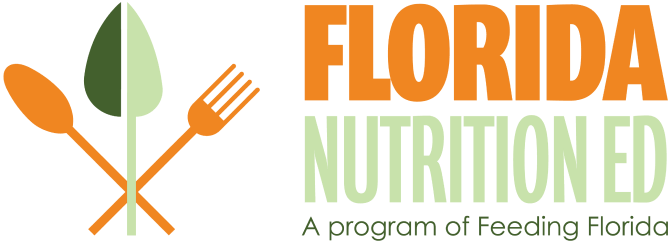Make Half Your Grains Whole Grains

The amount of grains you need to eat depends on your age, sex, height, weight, and physical activity.
Your amount can also depend on whether you are pregnant or breastfeeding. Most Americans eat enough total grain foods. However, few eat enough whole grains. At least half of the grains we eat should be whole grains. Read on to learn more about the types of grains you should eat, how often, and how much.
Read More
What foods are in the Grains Group?
Foods made from wheat, rice, oats, cornmeal, barley, or another cereal grain is a grain product. Bread, pasta, breakfast cereals, grits, and tortillas are examples of grain products. Foods such as popcorn, rice, and oatmeal are also included in the Grains Group.
Grains have two subgroups: whole grains and refined grains.
Whole grains have the entire grain kernel, which includes the bran, germ, and endosperm. Some whole-grain examples are whole-wheat flour, bulgur (cracked wheat), oatmeal, and brown rice.
Refined grains have been milled, a process that removes the bran and germ. This is done to give grains a finer texture and improve their shelf life. But it also removes dietary fiber, iron, and many B vitamins. Some examples of refined grain products are white flour, corn grits, white bread, and white rice.
Refined grains should be enriched. This means adding back certain B vitamins (thiamin, riboflavin, niacin, folic acid) and iron. However, fiber is not added back to enriched grains. Check the ingredient list on refined grain products. The word “enriched” should appear in the grain name.
Some food products are made from mixtures of whole grains and refined grains. Only foods that are made with 100% whole grains are considered a whole grain food.
What counts as an ounce-equivalent (oz-equiv) of grains?
The following are some grain food portions that are equal to one ounce:
- 1 slice of bread
- 1 cup of ready-to-eat cereal
- ½ cup of cooked rice, cooked pasta, or cooked cereal
The table below lists specific amounts that count as 1 ounce-equivalent of grains.
How many grain foods are needed daily?
The amount of grains you need to eat depends on your age, sex, height, weight, and physical activity. Your amount can also depend on whether you are pregnant or breastfeeding.
Most Americans eat enough total grain foods. However, few eat enough whole grains. At least half of the grains we eat should be whole grains. Find the right amount of whole grains for you by getting your MyPlate Plan.

Why is it important to eat grains, especially whole grains?
Eating grains, especially whole grains, provides health benefits. People who eat grains regularly may have a reduced risk of some diseases. Grains provide many nutrients that are vital for the health and maintenance of our bodies.
Health Benefits
All food and beverage choices matter. Focus on variety, amount, and nutrition.
- Eating whole grains as part of a healthy diet may reduce the risk of getting heart disease.
- Eating whole grain foods that have fiber, as part of an overall healthy diet, can support healthy digestion.
- Eating whole grains, as part of an overall healthy diet, may help with weight management.
- Eating grain products with folate before and during pregnancy as part of an overall healthy diet helps prevent neural tube defects. Neural tube defects are birth defects of the brain, spine, or spinal cord.
Article Source:


